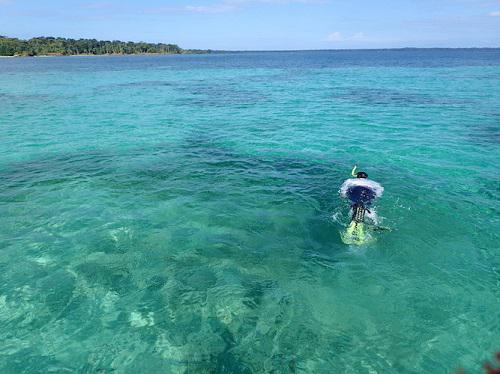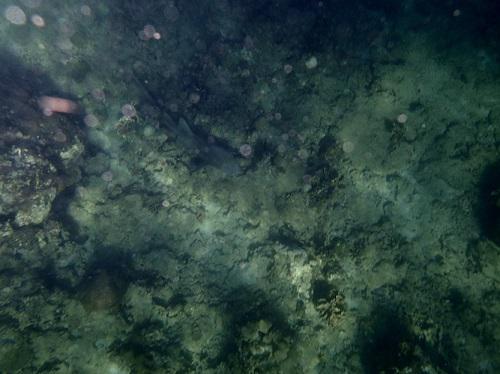Megan Gabriela Chevis
Other projects
21 Apr 2016
Baseline Monitoring of Elasmobranchs in Panama Using Fisheries-Dependent and Independent Methods
With this project we aim to continue our fisheries-independent monitoring of large marine wildlife in the Bocas del Toro archipelago on Panama’s Caribbean coast. This baseline monitoring will allow us to further our understanding of shark, ray, and finfish populations in the area, assess the effectiveness of the Marine Protected Area, and better inform long-term management decisions for the province. This project will allow us to train and involve more local artisanal fishers in our work, who will form a crucial part of our field team and enable us to collect data on the marine megafauna of Bocas del Toro. Additionally, we aim to increase awareness for and educate about the importance of sharks and rays in the marine ecosystem through education and outreach activities within the community.

Marine Biology graduate from the International Maritime University of Panama swims a transect in the eastern part of the archipelago. © Megan Chevis
Marine megafauna, specifically sharks, rays, and large finfish such as groupers, snappers, and jacks, are important indicators of the health of marine ecosystems. As they typically live long lives, are slow-growing, and reach maturity late, many shark and ray species are especially vulnerable to anthropogenic threats such as overfishing. As they currently face multiple threats at a global scale including unsustainable fishing and loss of critical habitat, it becomes increasingly important to collect data on their populations in order to create and improve management plans that ensure the effective protection of these species. Many species of sharks and rays are considered ‘Endangered’, with even more species listed as ‘Data Deficient’ on the Red List of Threatened Species by the International Union for the Conservation of Nature.

Even with great visibility our study subjects can sometimes be difficult to see when they blend in with their surroundings. Can you spot the nurse shark we saw during one of our snorkeling transects? © Megan Chevis
The use of fisheries-independent methods such as Baited Remote Underwater Videos (BRUVs) and underwater visual census allows the acquisition of important data on these fish groups, such as the diversity and relative abundance of species, patterns in habitat and spatial use, and the effects of marine protected areas on species. Long-term data will further enable us to assess changes in fish populations over time, in order to improve management plans.
This project, in its second year, will continue the fisheries-independent monitoring that MarAlliance began in Bocas del Toro last year. Through last year’s project we were able to conduct the first assessment of marine megafauna in the area, train local fishers and university students in data collection methods, and share our work with tour guides, government officials, and other local environmental NGOs. This year we aim to build upon that work to better understand the large fish populations of the area, as well as build our team and train more fishers and students in standardized monitoring techniques. We further plan to engage more of the Bocas del Toro communities through education and outreach activities in order to share the importance of shark and rays in the marine environment and spark curiosity and inspire interest in the conservation of these species.